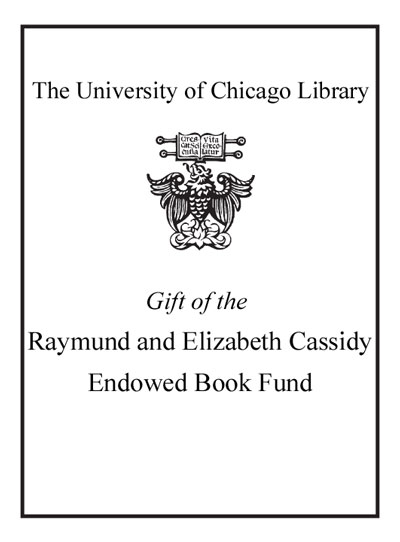Review by Choice Review
This profusely illustrated volume serves as the catalogue for a large exhibit of the same title at the Royal Academy of Arts, London, in the spring of 2017. Like the exhibit, the book was funded by prominent cultural foundations and supported by leading museums such as the Tretyakov Gallery in Moscow and the Russian Museum in St. Petersburg. The abundant prefaces and acknowledgments are followed by an introduction in which Milner surveys developments leading from the avant-garde to socialist realism between 1917 and 1932. The avant-garde is presented as a beacon of light within the darkness of Soviet repression, even though many artists remained devoted to communist ideals. The text consists of ten brief chapters on a diversity of topics ranging from the creation of a new art for a new society to the survival of traditional values in the works of artists such as Pavel Korin. There is also a time line that presents historical and artistic episodes in tandem. As with many lavish art books, design primacy is given to the illustrations (the text is reduced to small print), making it an attractive book for browsing. Summing Up: Recommended. General readers. --William Craft Brumfield, Tulane University
Copyright American Library Association, used with permission.
Review by Library Journal Review
In 1932, at the end of 15 tumultuous years since the 1917 revolution, Joseph Stalin started suppressing avant-garde culture in favor of dreary, state-sanctioned socialist realism. In Leningrad that same year, an enormous anniversary exhibition of Russian art made since 1917 showcased extremely varied work, an event commemorated by this splendid book accompanying a similar exhibit at the Royal Academy of Arts, London. Although those 15 years may seem brief, arts in Russia were subject to wildly shifting tastes and priorities, and conflicts between aesthetics and politics, tradition and modernity, resulted in a heterogeneity that a century later still amazes. This elegantly constructed book contains chapters by several distinguished scholars, each section with a digestible précis of different topics such as early and sometimes funky iterations of agitprop, boldly radical architecture, and peasant-life iconography. Folios of illustrations substantiate the story while showing the impressive scope of the exhibition. Beyond familiar names such as Wassily Kandinsky, Kazimir -Malevich, and Marc Chagall are compelling and sometimes tragic portraits of hidden virtuosi-such as Pavel Filinov, a futurist-like genius persecuted by authorities who died of starvation during the Siege of Leningrad. VERDICT An engrossing summation of a period with great artistic promise that came to an abrupt end.--Douglas F. Smith, Oakland P.L. © Copyright 2017. Library Journals LLC, a wholly owned subsidiary of Media Source, Inc. No redistribution permitted.
(c) Copyright Library Journals LLC, a wholly owned subsidiary of Media Source, Inc. No redistribution permitted.
Review by Choice Review
Review by Library Journal Review

